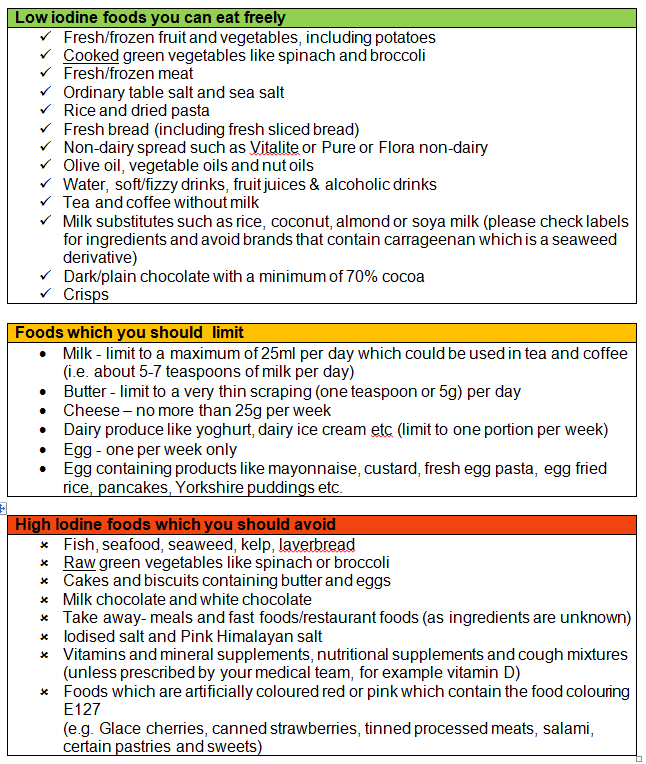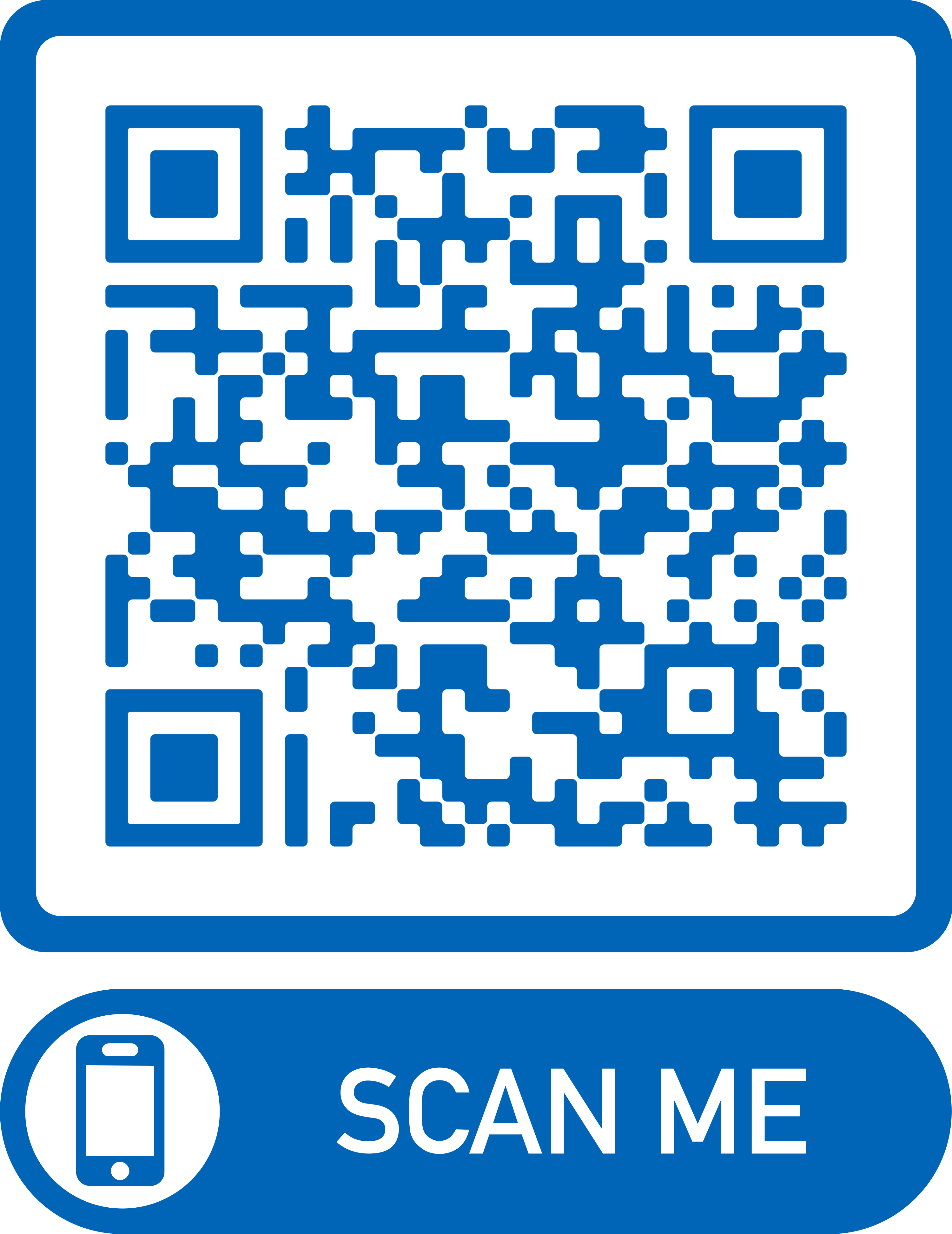- Reference Number: HEY292/2019
- Departments: Nuclear Medicine
- Last Updated: 31 October 2019
Introduction
This leaflet has been produced to give you information about ways to reduce the amount of iodine in your diet before your treatment with radioactive iodine
Why do I need to follow this diet?
A diet which is rich in iodine could interfere with your radioactive iodine treatment. A low iodine diet aims to reduce your iodine intake before your treatment and helps to maximise your body’s uptake of the radioactive iodine when you receive your treatment. You do not need to try to follow a no iodine diet.
Where is Iodine found?
Iodine is found in many foods in varying amounts. It is essential for good health. The richest sources are foods from the sea as well as dairy produce and eggs. In some countries iodine is added to salt but this does not happen in the UK, therefore it is fine to use ordinary table salt, but best to avoid imported food items.
For how long should I follow the low iodine diet?
The diet is for a short time only. Evidence suggests that a duration of two weeks is sufficient.
Please start the low iodine diet two weeks before your appointment. After you have received the radio iodine treatment you can return to your normal diet.
Should I look on the Internet for further information?
Information on the Internet is not always accurate or relevant to the procedures followed in individual hospitals. For example, a lot of the information on the Internet relating to low iodine diets comes from countries where iodine is routinely added to salt. Therefore it is common to see advice to avoid all foods that contain salt. This is not necessary in the UK.


